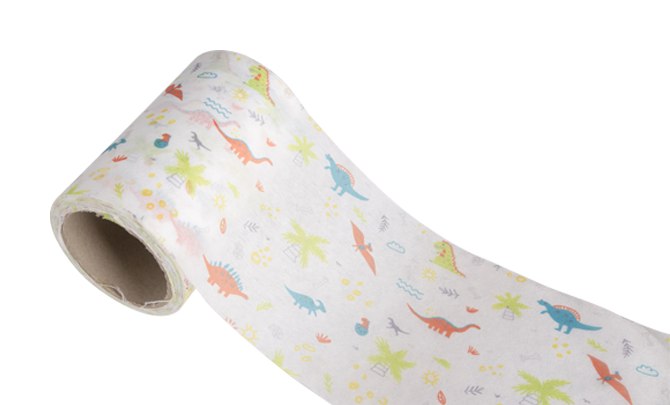Thermal Printing Nonwoven Fabrics play a crucial role in the thermal printing industry by providing a versatile, cost-effective, and environmentally friendly substrate for printing a wide range of products. Nonwoven fabrics are made by bonding or interlocking fibers using mechanical, thermal, or chemical processes, and they can be produced in a range of thicknesses, densities, and textures to suit different printing requirements.
In thermal printing, a thermal printer heats up a thermal transfer ribbon, which then transfers the ink onto the nonwoven fabric to create the desired image or text. Nonwoven fabrics are ideal for thermal printing because they have a low melting point and can withstand high temperatures without shrinking or melting, making them perfect for use in thermal printers.
Thermal Printing Nonwoven Fabrics are used in a variety of applications, including labels, tags, barcodes, receipts, tickets, and packaging materials. They offer several advantages over traditional printing substrates, such as paper, including durability, resistance to tearing, and moisture resistance.
Moreover, Thermal Printing Nonwoven Fabrics are increasingly being used in the textile and apparel industries for printing designs onto fabrics, such as t-shirts, hats, and bags. They offer excellent color retention, washability, and flexibility, making them a popular choice for creating high-quality, custom-made textiles.
Thermal Printing Nonwoven Fabrics play a critical role in the thermal printing industry by providing a versatile and durable substrate that can be used in a wide range of applications.



